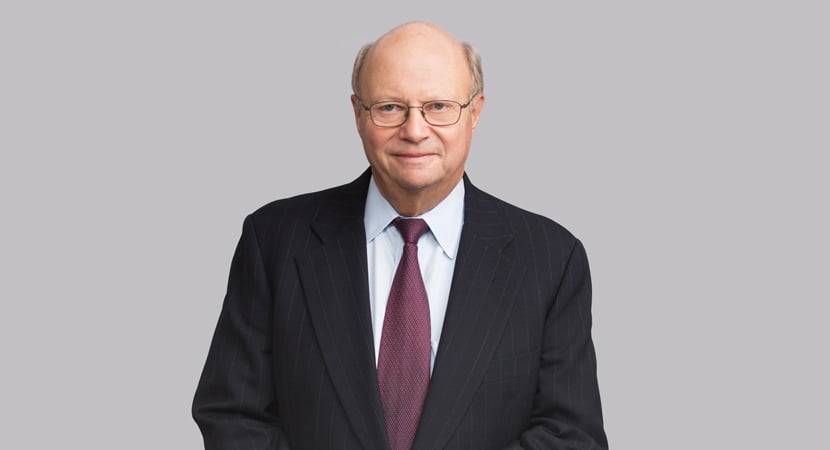Ninth Circuit reverses dismissal of choreographer’s copyright suit against Fortnite developer Epic Games, finding that district court erred in reducing plaintiff’s choreographic work to a series of unprotectable “individual poses” and in its determination that allegedly copied portion of plaintiff’s work was too short and simple to be a protectable choreographic work.
Taking the opportunity to address the extent of federal copyright protection for choreographic works, a panel of the Ninth Circuit Court of Appeals reversed the dismissal of a professional dancer and choreographer’s copyright claim against Fortnite videogame developer Epic Games, Inc. In 2017, the accomplished dancer and choreographer Kyle Hanagami published a five-minute video on YouTube featuring himself and others dancing to the song “How Long” by Charlie Puth, and in 2021, he registered the “How Long” choreography with the United States Copyright Office. In 2022, Hanagami sued Epic Games for copyright infringement, claiming that a portion of his “How Long” choreography was copied in the popular game Fortnite. Fortnite, a free-to-play multiplayer shooting game taking place in a virtual world, allows players to purchase virtual items through an in-game marketplace, including “emotes” or animated movements and dances that Fortnite avatars can perform. Specifically, Hanagami claimed that one such emote, called “It’s Complicated,” copied a two-second, four-beat sequence of Hanagami’s choreography (referred to as the Steps). On Epic Games’ motion to dismiss Hanagami’s claims, the district court found that the Steps were composed of “a number of individual poses” that “when viewed in isolation” were not protectable under the Copyright Act. The district court also held that when viewed as a whole, Hanagami’s choreography was not substantially similar to the “It’s Complicated” emote and therefore granted Epic Games’ motion to dismiss. (See our summary of the district court’s decision here.) Hanagami appealed the decision to the Ninth Circuit.
The Ninth Circuit began its opinion by reflecting on the historical treatment of choreographic works under federal copyright law, noting that prior to the 1976 Copyright Act, they were only protectable as “dramatic compositions,” requiring the depiction of some story or emotion. Although the 1976 Act provided express statutory protection for “choreographic works,” it did not define the term “choreography.” For this, the Ninth Circuit adopted definitions set forth in the Compendium of U.S. Copyright Office Practices, which defines “choreography” as “the composition and arrangement of a related series of dance movements and patterns organized into a coherent whole.” The Compendium also draws a distinction between “choreography” and “dance,” and the court noted the existence of a continuum ranging from copyrightable choreography to uncopyrightable dance steps or elements, which, like individual words or music notes, are the “building blocks of choreographic expression.”
With that background, the Ninth Circuit turned to the primary issue on appeal: whether the district court correctly applied the “extrinsic test” in assessing whether Hanagami’s choreographic work and the “It’s Complicated” emote were substantially similar. Under the extrinsic test, a court “assesses the objective similarities of the two works, focusing only on the protectable elements of the plaintiff’s expression.” Hanagami challenged the district court’s process of filtering the protectable and unprotectable elements of his choreography and its approach of reducing the choreographic work to a series of unprotectable “individual poses,” arguing that “choreography is much more than a ‘static collection of poses,’ and that the court failed to consider many other ‘expressive elements of [the] choreography.’”
The Ninth Circuit agreed with Hanagami. It explained that breaking choreography down into individual “poses” is contrary to how the courts analyze other copyrightable art forms, such as musical compositions. Choreography, like photography, comprises numerous elements that are themselves not protectable under copyright law. Those elements may, in the aggregate, be protectable, the Ninth Circuit explained, based on the “particular way in which the artistic elements form a coherent pattern, synthesis, or design.” The Ninth Circuit, therefore, held that the district court erred in breaking down Haganami’s choreography into a series of poses. Rather, the Ninth Circuit was persuaded by Hanagami’s argument that choreography contains several other expressive elements, including “body position, body shape, body actions, transitions, use of space, timing, pauses, energy, canon, motif, contrast, [and] repetition.” While acknowledging that not all choreographic works will use the same elements or that a discrete list of elements should be specified, the court emphasized that it is a choreographer’s “creative approach of composing and arranging” dance movements and patterns that defines the work. Finding that Hanagami plausibly alleged that his creative expression was substantially similar to the Epic Games emote and that the district court erred in ignoring creative elements of Hanagami’s work beyond the individual poses, the Ninth Circuit reversed the district court’s dismissal of the case.
Hanagami also appealed the district court’s holding that his steps as a whole are not protectable because they were a “short” dance routine that comprises only a “small component” of Hanagami’s full work. The Ninth Circuit again agreed with Hanagami, noting that “the proper inquiry does not turn on the mere length of the copied material” but rather looks to the significance of the allegedly copied material. Here, the court found that Hanagami had plausibly alleged that his steps have a qualitative significance to his choreographic work as a whole. Moreover, the Ninth Circuit found that Hanagami had adequately pleaded that the steps were more complex than “simple routines” that do not warrant copyright protection.
Finally, the Ninth Circuit addressed Hanagami’s argument that the district court improperly held that choreographic works are entitled to only “thin” protection, which requires a high degree of similarity to find infringement. However, the Ninth Circuit declined to address this point, noting that the district court appeared to afford Hanagami’s work broad protection in any case. The Ninth Circuit stated that the district court could reassess the level of protection afforded to Hanagami’s choreographic work on remand, if necessary.
Summary prepared by Tal Dickstein and Kyle Petersen
-
 Partner
Partner -
 Associate
Associate
)






